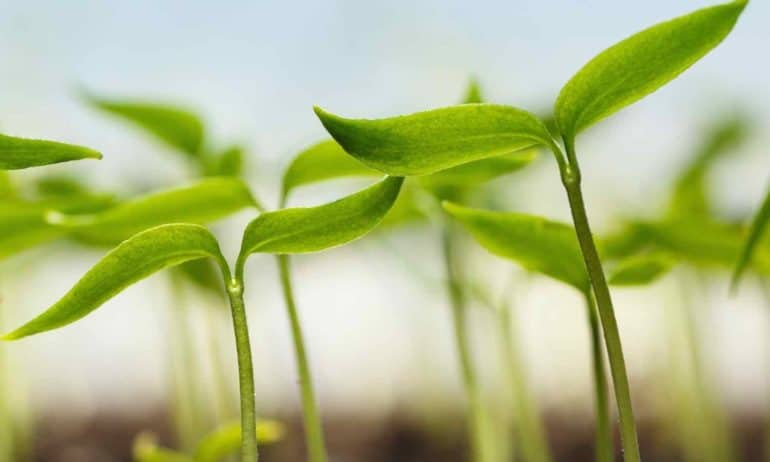As president of the Woodrow Wilson High School Greenhouse Club, Maggie Bass works with fellow students on urban ecology projects at the only public high school greenhouse in Washington, DC. Her involvement in sustainable agriculture extends to introducing curriculum at her school and expanding the Wilson Greenhouse programs. Food Tank was able to speak with her about her work.
Food Tank (FT): How did growing up on a farm influence you?
Maggie Bass (MB): My family owns a 60 acre farm in Calvert County Maryland. I go there every weekend. Around half of the land is rented by a local farmer who grows corn, soy beans, and wheat. The other half of the land is mainly woods and wetlands. Spring through the fall season, we are able to get most of our fruits and vegetables from our two gardens. Tomatoes, asparagus, peppers, eggplant, beans, beats, radishes, peas, broccoli, salad mix, spinach, carrots, and melons are some of what we grow. We also have apple trees, grape vines, and berry bushes planted throughout the property.
Having the opportunity to experiment with my own farming has instilled in me a passion to grow my own plants and eat locally. I love seeing other people take pride in creating something beautiful from hard work and dedication.
FT: What is the Woodrow Wilson High School Greenhouse?
MB: The greenhouse here is relatively small. It is octagonal in shape and roughly 20 feet across. The club consists of around 12 members, with new students drifting in and out at times. It’s a relaxed setting, and anyone can show up and help out. We meet every Thursday, with a few of us putting in extra hours throughout the week.
FT: Describe some Wilson Greenhouse projects you’ve been working on.
MB: The greenhouse is growing seedlings to sell at local farmers markets throughout DC for spring and summer. This past fall and winter, we experimented with growing sprouts, and sold them to teachers. This turned out to be a successful business, and we have carried this into our spring growing season as a side operation. Revenue from sprouts and seedling sales goes back to the greenhouse club, and is used for buying soil, seeds, bug traps, and organic cleaning products, as well as for larger projects.
FT: How can more schools develop programs like this?
MB: What makes this club possible is the greenhouse itself. Woodrow Wilson High School was fortunate enough to have a greenhouse built when the school was renovated. No other public high school in DC has a greenhouse on campus. This lack of greenhouses throughout DC public high schools does not reflect the interests of the students. If greenhouses were added to other schools, there wouldn’t be a problem finding students to participate.
FT: What do you have planned for the future?
MB: We’ve been working on setting up an aquaponic system in our greenhouse. Right now we use a recycled food-grade barrel with a cut out window on top to hold the fish, and two barrel halves with clay balls as our grow beds. This system is not efficient because the water evaporates quickly and the tank becomes too toxic for the fish. We are working to redesign this system using some of the money we made from our sales. We would also like to set up an apiary system on the school grounds, and start growing native seedlings to plant in Soapstone creek.















